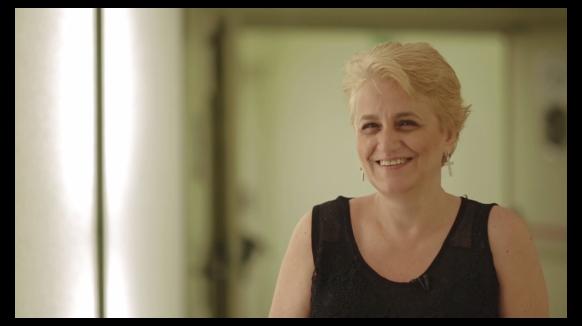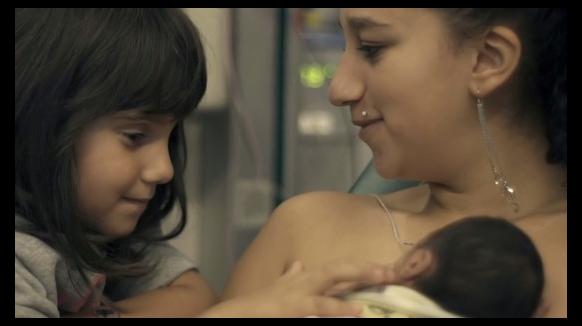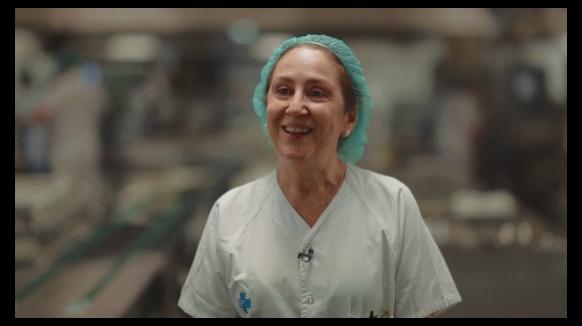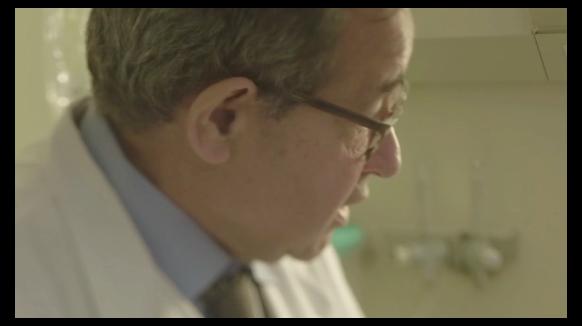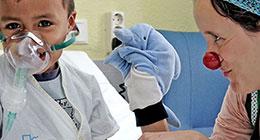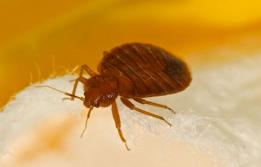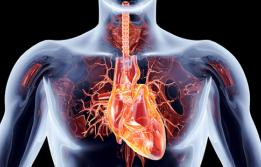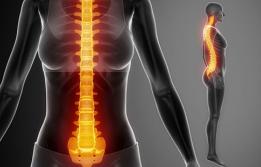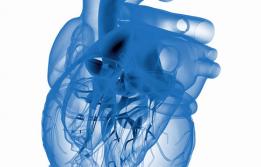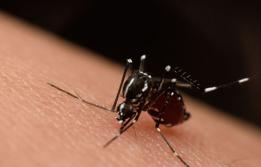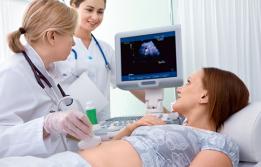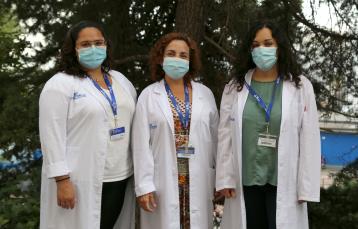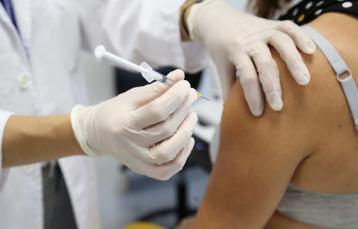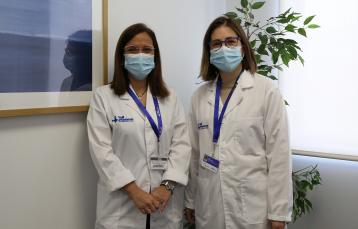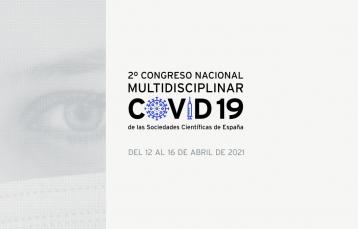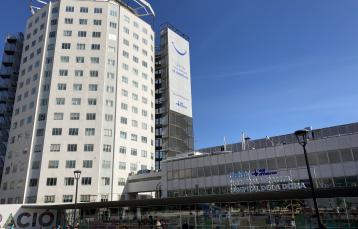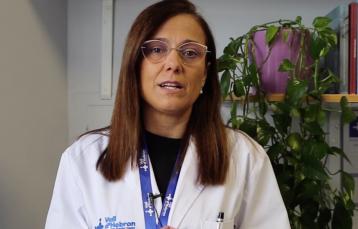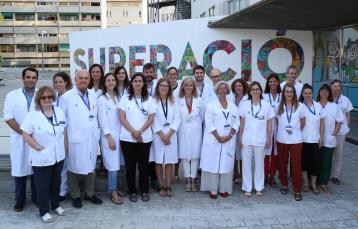Obstetrics and Reproductive Medicine
The Obstetrics and Reproductive Medicine Department cares for pregnant women, prioritising the health of the mother and the future baby above all else, while always respecting the wishes of the mother such as her preference for a natural birth or a C-section.
For women who want to have children and require technical assistance, we also have a cutting edge assisted reproduction laboratory. We also store the frozen eggs of women who have been diagnosed with cancer; provide treatment and support to women who have suffered consecutive miscarriages; and offer gynaecological treatment to girls, teenagers and women who are entering the menopause or who have a health problem.
The Obstetrics and Reproductive Medicine Department is a leading centre for prenatal diagnostics and intrauterine surgery.
Description
The Obstetrics and Reproductive Medicine Department offers world-leading treatment, teaching and research.
The Reproductive Medicine Unit has the required technology and infrastructure in order to treat all issues related to human reproduction.
The Obstetrics Unit cares for women before, during and after their pregnancy. Its absolute priority is to meet the needs of each woman at all times. In a moment as important as the birth, the unit listens to the mother and provides her with everything she needs in order to take the decisions that she feels are correct.
Delayed cord clamping, which entails letting the newborn's umbilical cord continue beating after birth, is promoted to reduce the chance of the baby suffering from anaemia during its first year of life. We also promote skin-to-skin contact, also known as the kangaroo method, in which the newborn is placed in direct contact with the mother’s skin.
Services offered by the unit:
- Support and accompaniment for mothers who want a natural birth.
- Birthing chairs, hydrotherapy and stability balls (spherodynamics) to facilitate the birth process.
- Walking epidural: an anaesthesia that allows mothers to feel the birth without experiencing pain.
- Possibility of eating and drinking during the birth.
- We give priority, as long as the mother wants it, to vaginal births if the mother has undergone previous C-sections or if the baby is breech.
- Vast experience in the vaginal births of twins.
- Possibility of delayed cord clamping.In this type of C-section, it is the mother who picks the baby up first, with her companion cutting the umbilical cord. The mother can be accompanied at all stages of the vaginal birth, as well as during C-sections.
- Voluntary early discharge programme for low risk births, which includes a home visit by a midwife to follow up on the mother and baby.
The Department prides itself on its ability to provide foetal treatments in serious cases in which the future baby requires surgery during the pregnancy. Vall d’Hebron Hospital is the leading centre for very high risk pregnancies, and it also has vast experience in the ultrasound monitoring of high and low risk pregnancies.
In addition, pregnant mothers with serious illnesses can give birth with the peace of mind of being in a hospital with all the necessary specialities in case any complications arise.
For all these reasons, our Department is considered a tertiary level, highly qualified centre.
We treat a high number of very high risk patients from all over Catalonia, the rest of Spain as well as from other countries.
We are also one of the hospitals accredited by the European Board and College of Obstetrics and Gynaecology (the only one in Spain), for the quality of our care, teaching and research.
The Department is divided into different areas and units:
- Gynaecological Endocrinology
- Paediatric and Adolescent Gynaecology
- Repeat Abortion Unit
- Assisted Reproduction
- Prenatal Diagnostic Unit
- Obstetrics Ultrasound Unit
- Foetal Medicine and Surgery Unit
- Specialised Obstetrics
Maternal Pathology and Pregnancy
Placental Insufficiency Unit
Mental Health and Pregnancy Unit
Social Obstetrics Unit
Placenta Accreta Unit
- Births and Women’s Emergencies Area
- Midwife Unit



